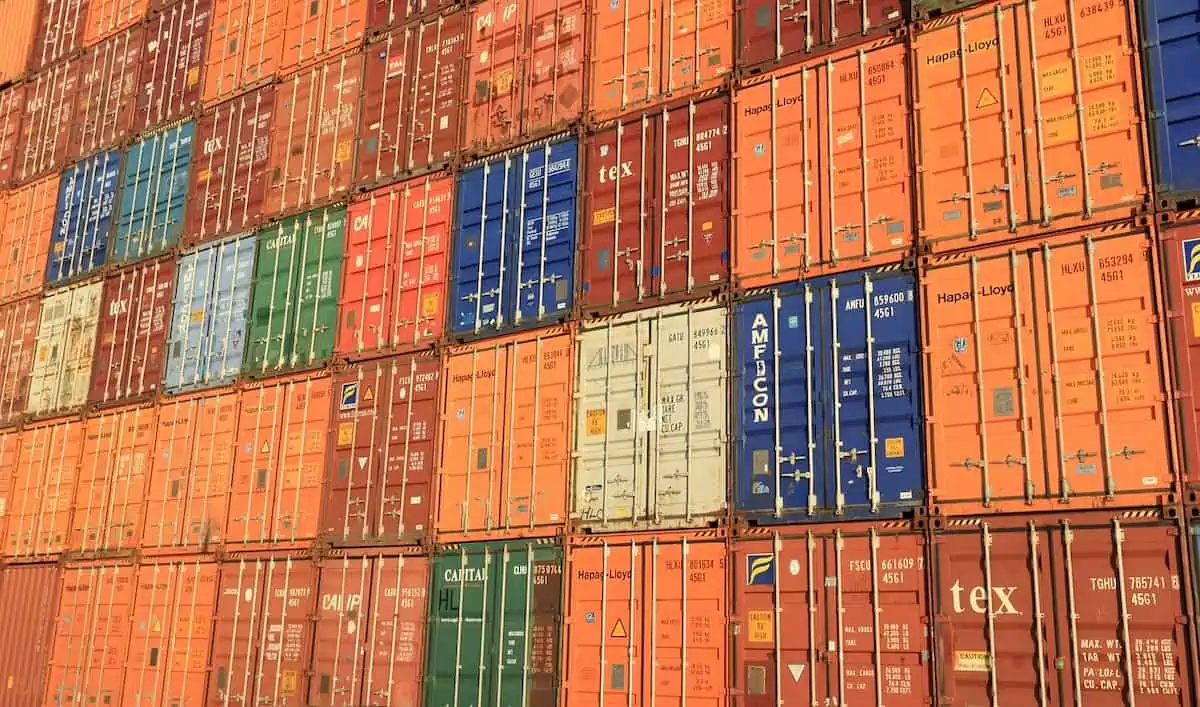Major delays in the supply chain of late have made it apparent that enhanced container visibility and supply chain management is needed. Although many of the reasons behind such recent delays — and the subsequent domino effect they produced — are not controllable, there are ways to improve the process.
Below is a brief look into a few of the hindrances affecting the supply chain, as well as how a more proactive data-gathering approach can be used to improve container visibility and container management.
Proficient supply chain and container management has never been more crucial. Each year, more than 11 million shipping containers arrive at U.S. seaports. Often, these vessels sit and wait at backup ports and railways as scarcities in capacity, chassis and labor slow down the process.
These aren’t the only delays the containers face. Out at sea, weather can impede progress and even lead to rerouting, which puts freight in port well past its expected arrival.
While challenges within the supply chain and global shipping industry are not new, there are new ways of addressing them. As technology advances and big data is increasingly utilized to augment logistics practices, innovative solutions to the problems plaguing the industry have come to light. These modern tools and software platforms available on the market today are being used to amplify visibility and aggregate high-quality, accurate data.
Once gathered, this information is being utilized to better assess and improve upon key performance indicators within an enterprise. From optimized routing to reduced dwell time, there are many advantages to be gained through this data analysis and implementation. One prominent benefit is staying compliant with regulatory requirements around the world.
By relying on sophisticated tracking capabilities, an enterprise could gain access to more complete information regarding container status. Being in such a valuable position can better assure compliancy and, therefore, expedite operations.
Another way data and real-time visibility solutions can enhance operations is through the anticipation or prediction of supply chain disruptions. Identifying such issues ahead of time could help to prevent complications and derailments and provide a significant competitive advantage on the global stage.
Lastly, modern visibility solutions can also lead to improved communication. When employing a single point of contact system designed to facilitate stronger connections along the supply chain, shippers, distribution centers and partner carriers can better communicate with one another through much more reliable means than email. All these benefits and more could lead to swifter and more-informed operational decisions.
Efficient logistics operations require not only a high quantity of data, but quality data as well. That’s why investments ought to be made in the leading-edge solutions available. Otherwise, organizations within the industry may be forced to bear the brunt of the next major disruption or face being surpassed by their competitors.
For more information on improving supply chain visibility and container management, please see the accompanying resource by AV Logistics


